Versus. Ka-52 versus Mi-28N: an unexpected final conclusion
A little even somehow sluggishly, but for ten years there was a discussion on the Web of two attack helicopters that were in service with the Russian army. We are talking about the Mi-28N "Night Hunter" and the Ka-52 "Alligator". The machines are both similar and completely different.
There is no point in arranging another comparison of LTH figures; many people have done this before us. However, it makes sense to walk, because this is the only way to draw certain conclusions on which of the cars is better and why. Or not to draw these conclusions. However, first things first.
Not so long ago we talked about these machines separately, so it's not worth repeating.
Ka-52. Ruinous perfection
Attack helicopter Mi-28N: try to criticize
Engines, propellers and more
The engines of the Klimov helicopters, VK-2500, are completely identical.
True, in the Mi-28N part of the energy is spent on the rotation of the tail rotor, but this is not critical, and the Ka-52 has a real advantage at high (by helicopter standards) altitudes. If translated into figures of the maximum working height, then the Ka-52 can climb 500 meters higher. Another question - is it necessary?
Helicopter pilots who have flown both machines say that the Mi-28N is lighter and easier to fly. Another issue is that it is difficult to imagine in general an apparatus that is more difficult to control than a combat helicopter.
The Ka-52 is shorter, the Mi-28 has a smaller vertical profile. When entering the vortex ring mode, the Mi-28N demonstrates greater stability, but, unlike the Ka-52, it does not like side wind when landing and hovering, especially from the right side.
The Ka-52 has its own huge drawback: with very sharp maneuvers, an overlap of the blades can occur, which leads to disaster. This happened in practice and even ended in the death of pilots.
Plus, the coaxial layout of the propellers of the Kamov machine is a perfectly balanced aerodynamic system, and damage to even one blade leads to the failure of the machine, followed by an accident or disaster. And two screws quite obviously double the chance of damage to the screws from air defense.
Mi-28N inherited amazing survivability from its ancestor Mi-24. In Afghanistan and Chechnya, Mi-24s flew to the base and landed even with a completely lost propeller blade. But the Ka-52 has an ejection crew rescue system, which is very, very useful. However, we talked about rescue systems in previous articles.
The Mi-28N is more powerfully armored than the Ka-52, but the Kamov machine is definitely more maneuverable. For the Ka-52, they chose the layout of the crew members side by side, in the Mi-28N the pilot and operator sit one after another. Being nearby, pilots can interact better, especially in combat when the radio channels are overloaded, but the Mi-28N has better side visibility.
In addition, the Ka-52 kit includes the Vitebsk complex, which monitors missile launches and activates systems that make it difficult to hit a helicopter: interference, heat traps, and so on.
We will talk about helicopter guidance systems at the very end, since they contain one “highlight”, which determines the use of helicopters in the way it is happening today.
weaponry
Gun 2A42 caliber 30 mm.
The firing range is about 4 km. But on the Mi-28N it is in the bow, rotates 220 degrees to the left and right. Ammunition only 250 shells. In the Ka-52, the gun is located near the center of mass, respectively, it shoots more accurately, but guidance causes problems, the gun is not only deviated from the longitudinal axis of the helicopter, it is pointed up and down by 12 degrees and to the right by 30. To shoot at targets on the left, you have to turn helicopter. But the ammunition load is 460 shells.
The missile armament is almost the same, but the Ka-52 has more hardpoints, 6 nodes allow you to carry up to 2000 kg of weapons, and 4 nodes of the Mi-28N - 1600 kg.
In principle, the set of weapons is similar, but the main strike force of the Mi-28N is still outdated Ataka ATGMs with a launch range of up to 6 km. The Ka-52 is armed with the Whirlwind ATGM, which can operate at a distance of up to 10 km. However, "Attack" has radio command guidance, which gives the enemy less chance to close than "Whirlwind", which is guided by a laser beam.
Mi-28 can take 16 "Attacks", Ka-52 takes 12 "Whirlwinds".
In addition, the Ka-52's standard armament includes Igla-V or Igla-S air-to-air missiles, which makes the helicopter protected from air attacks.
Guidance and observation
Here, in my opinion, the two helicopters have the most differences. The Ka-52 with its Argument-2000 sighting and flight navigation system is utterly good.
"Argument-2000" for the Ka-52 is:
- on-board digital computer (BTsVM) "Baguet-53";
- flight and navigation complex PNK-73DM;
- round-the-clock surveillance and flight system TOES-520;
- round-the-clock search and sighting system GOES-451 (connected to the Arbalet radar);
- radar complex "Crossbow";
- airborne communication complex BKS-50;
- airborne defense complex "Vitebsk";
- avionics with the use of MFD and helmet-mounted target designation and indication systems (NSCI);
- dual control of the complex, the same for both crew members, grouped on their helicopter controls.
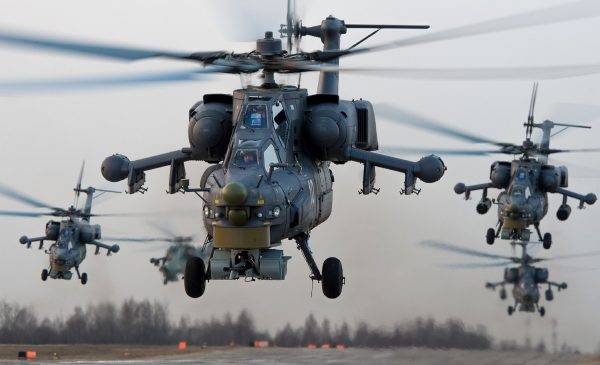
Mi-28N:
- computer system based on the computer "Baget-53";
- navigation equipment as part of the high-precision INS-2000 and the SBKV-2V-2 strapless heading system, satellite navigation system, long-range navigation radio system;
- detection system for radio-electronic and laser irradiation and UV direction finder L-150-28;
- automatic control system (ACS);
- control system weapons;
- helmet-mounted target designation and indication system;
- surveillance and sighting station for detecting and recognizing objects, aiming, capturing and auto-tracking objects via television and thermal imaging channels.
- observation and flight system of a pilot with night vision goggles, designed for round-the-clock survey of the area, search and detection of objects (landmarks and obstacles).
- television channel, thermal imaging channel, laser range finder;
- helicopter aerobatic complex;
- on-board communication complex KSS-28N-1, which allows you to exchange data with other helicopters and ground control points.
- thermal television complex "Okhotnik", which converts images received via optical and thermal imaging channels into a single background image of the target under any weather conditions and at any time of the day. The complex allows you to automatically detect, capture and track targets up to processing.
The difference is visible. The Ka-52 has more modern and compact equipment, but the Mi-28 set is more sophisticated and allows you to receive intelligence in a visual form convenient for the operator and transmit it in a timely manner to operators of other helicopters or other enemy weapons.
In addition, the Ka-52's Arbalet radar is installed in the bow, that is, the helicopter basically "looks" ahead. On the latest models of the Mi-28N, the Arbalet was installed in the over-bush version, and on the Mi-28NM modification, a new H025 radar is installed at the top.
The over-sleeve placement of the radar allows not only to “look” at 360 degrees, but also “peep out” from behind shelters for a short time, analyze the situation and strike, appearing from behind the shelter just enough to simply launch missiles.
Feature of application
From the numerous shots coming from Ukraine, it is increasingly possible to see that helicopters are working in pairs. It is the combination of Mi-28N + Ka-52 that turns out to be very effective.
After watching a sufficient number of videos, we can conclude about the use of helicopters as follows: the Mi-28N usually flies first, playing the role of a reconnaissance gunner. And behind him at a short distance is the Ka-52.
Quite logical, since the Mi-28N has better armor and detection systems. In addition, the Mi-28N cannon provides a larger angle of fire without changing course and reducing speed. Therefore, the Mi-28N plays the role of a reconnaissance aircraft, providing the crew of the Ka-52 with data on targets. And he starts working on the goal first. And the Ka-52 plays the role of covering, including from the air, and delivers the final blow with its impressive set of weapons.
I am sure that helicopters work in exactly the same way at night, hunting for Tanks and other armored vehicles of the Armed Forces of Ukraine. The Mi-28N detects targets with its set of equipment, after which, according to its data, the quieter Ka-52 carries out a local Armageddon for armored vehicles.
As a result, we can say that the helicopters are almost equal. Neither has advantages over the other, and if it does in some way, these advantages are offset by other factors. By and large, until the new Ka-60, which should carry out reconnaissance functions, went into production, two helicopters, different and similar, are a very balanced pair.
One (Mi-28N) is more loaded with search and information exchange equipment, the second (Ka-52) has more weapons on board, which can be effectively used from a greater distance.
So while there are talks and comparisons, in fact, a very effective pair of Mi-28N and Ka-52 is successfully working on a wide variety of targets in Ukraine. Complementing and helping each other.
More than once, the thesis that balance is better than any remarkable properties and characteristics has already arisen. In our case, we got an efficient and balanced system. Given that the Mi-28NM and Ka-52M with reinforced armor, more modern radars, and more powerful engines will soon go into production, the pair will be further developed.
And in the future, perhaps, flight exercises for combat coordination of these helicopters will appear in the training programs of the Aerospace Forces.
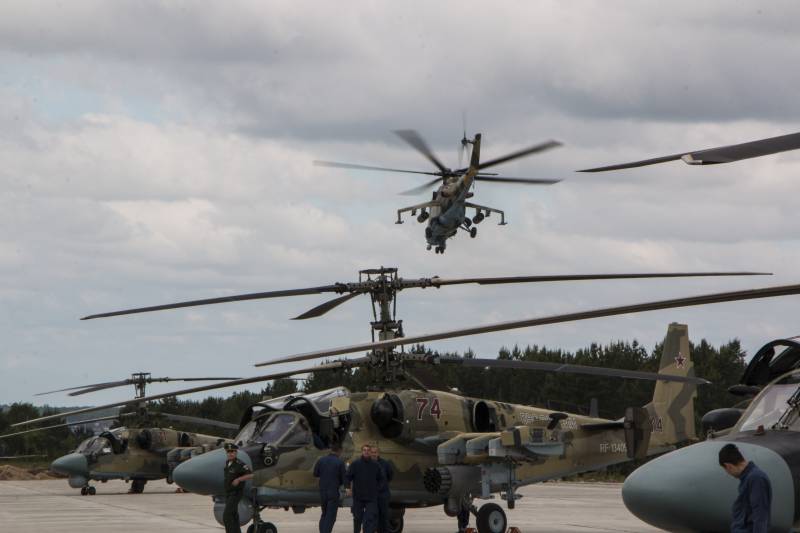
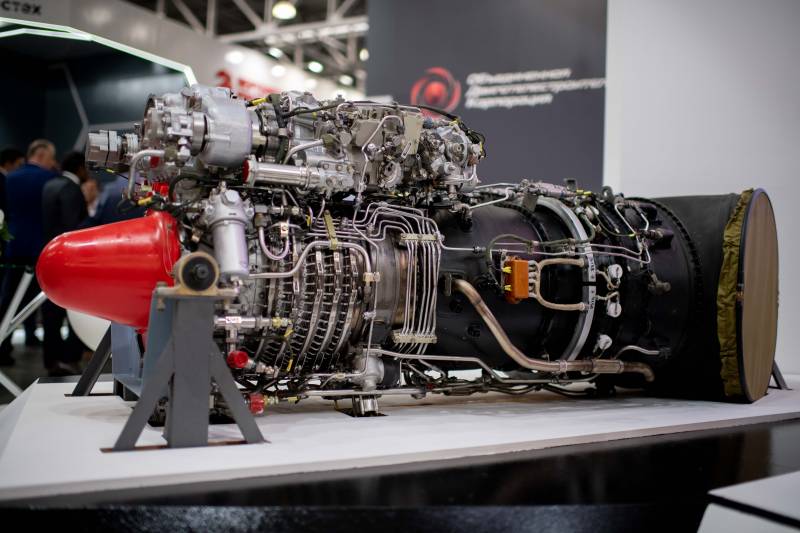
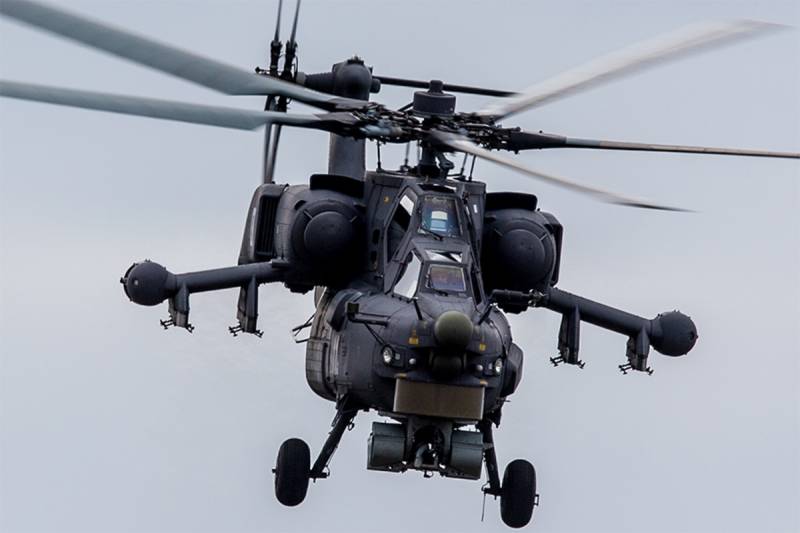
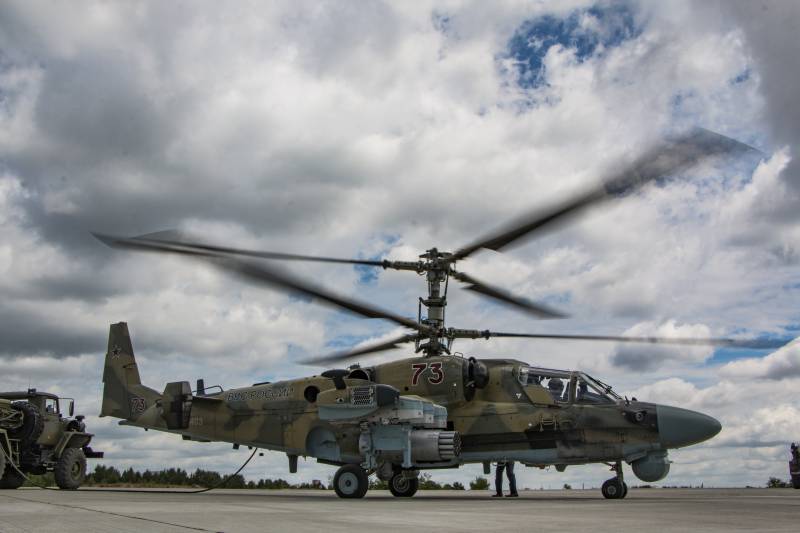

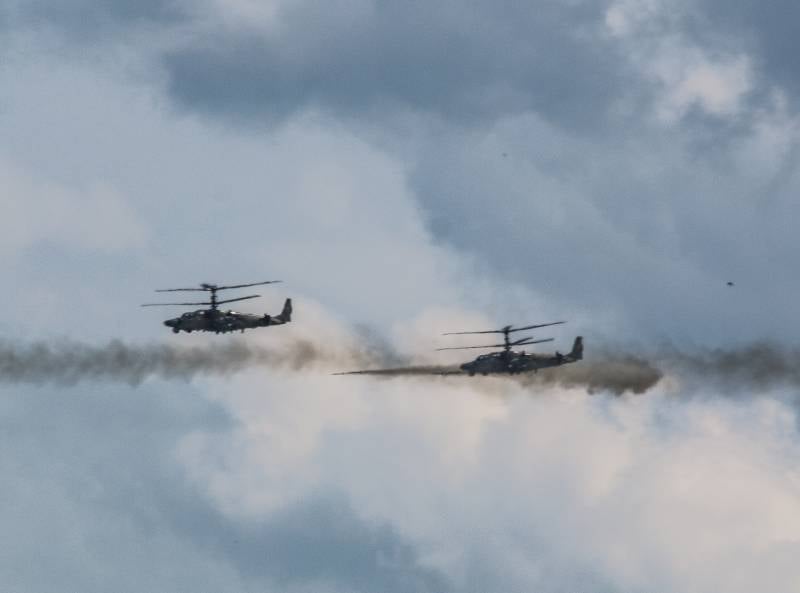
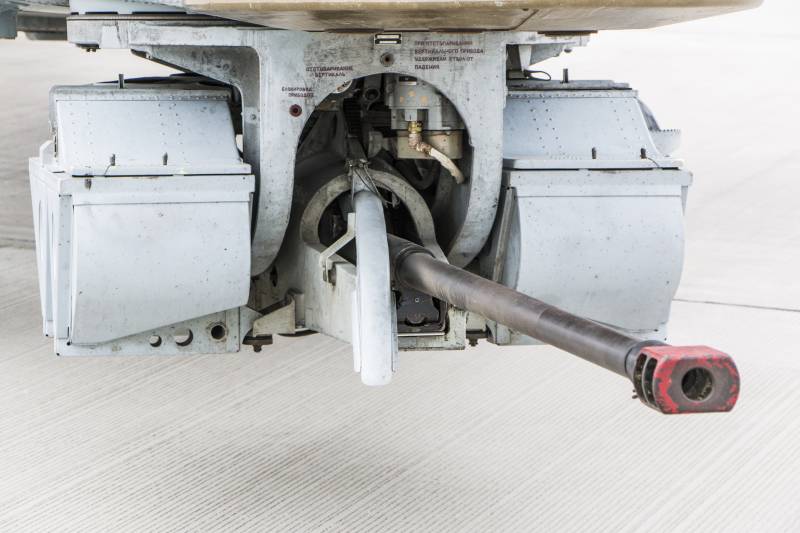
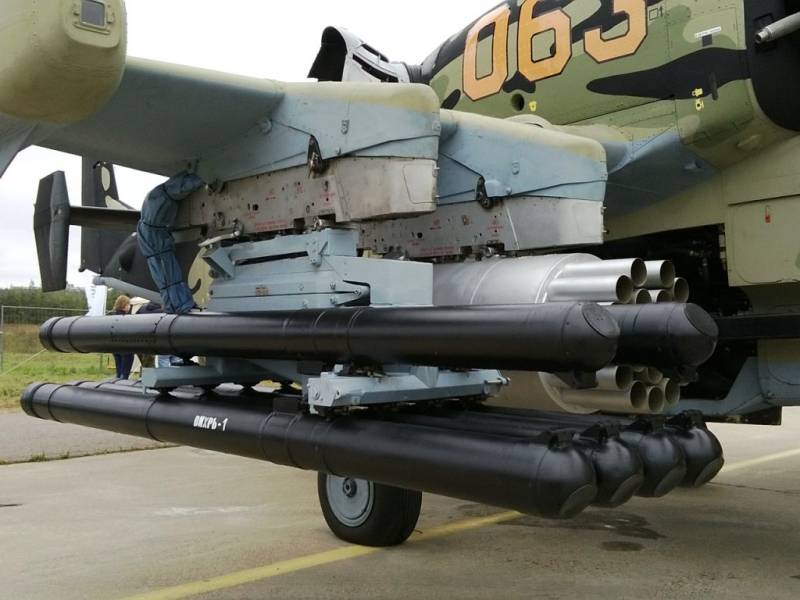
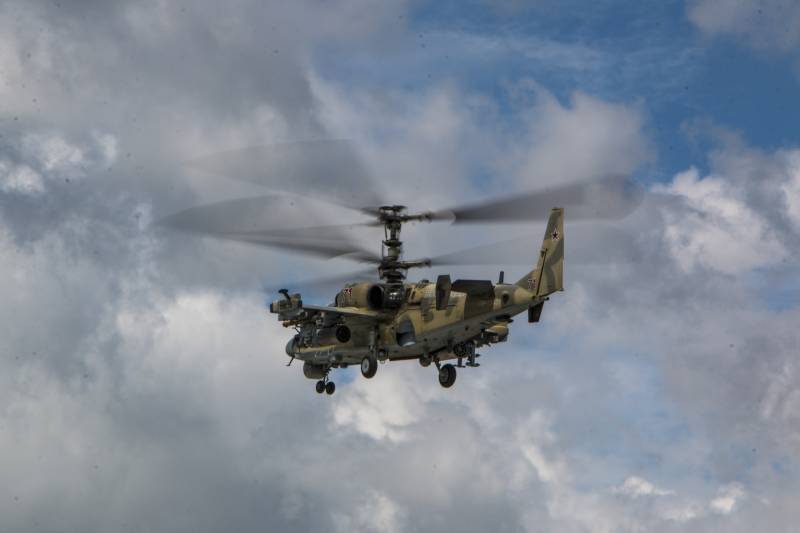
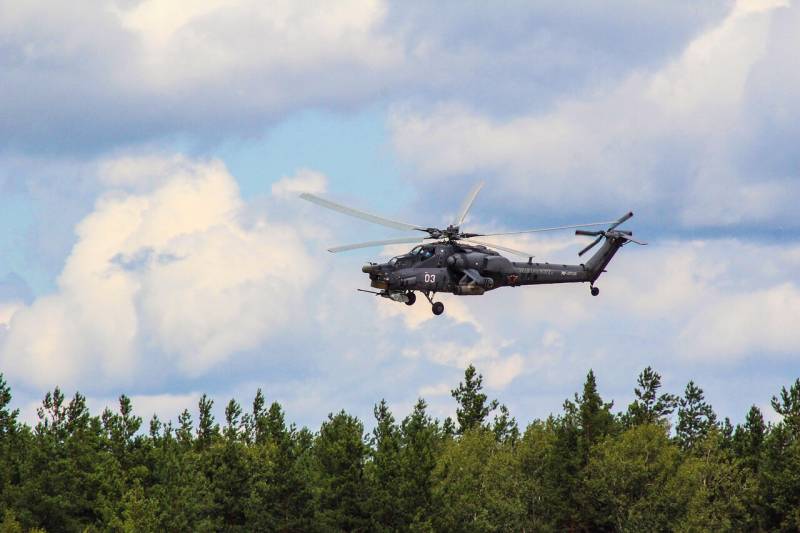
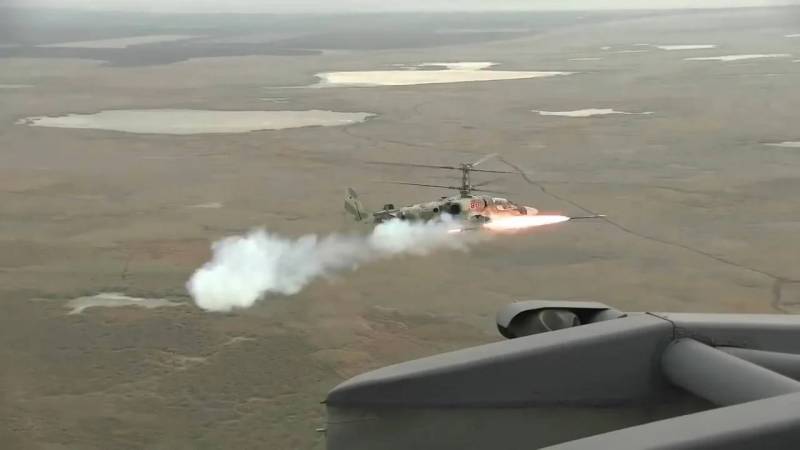
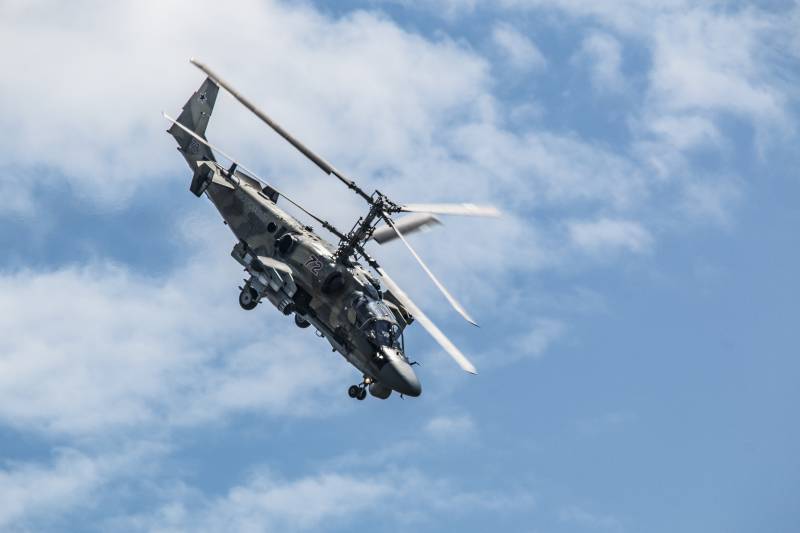
Information